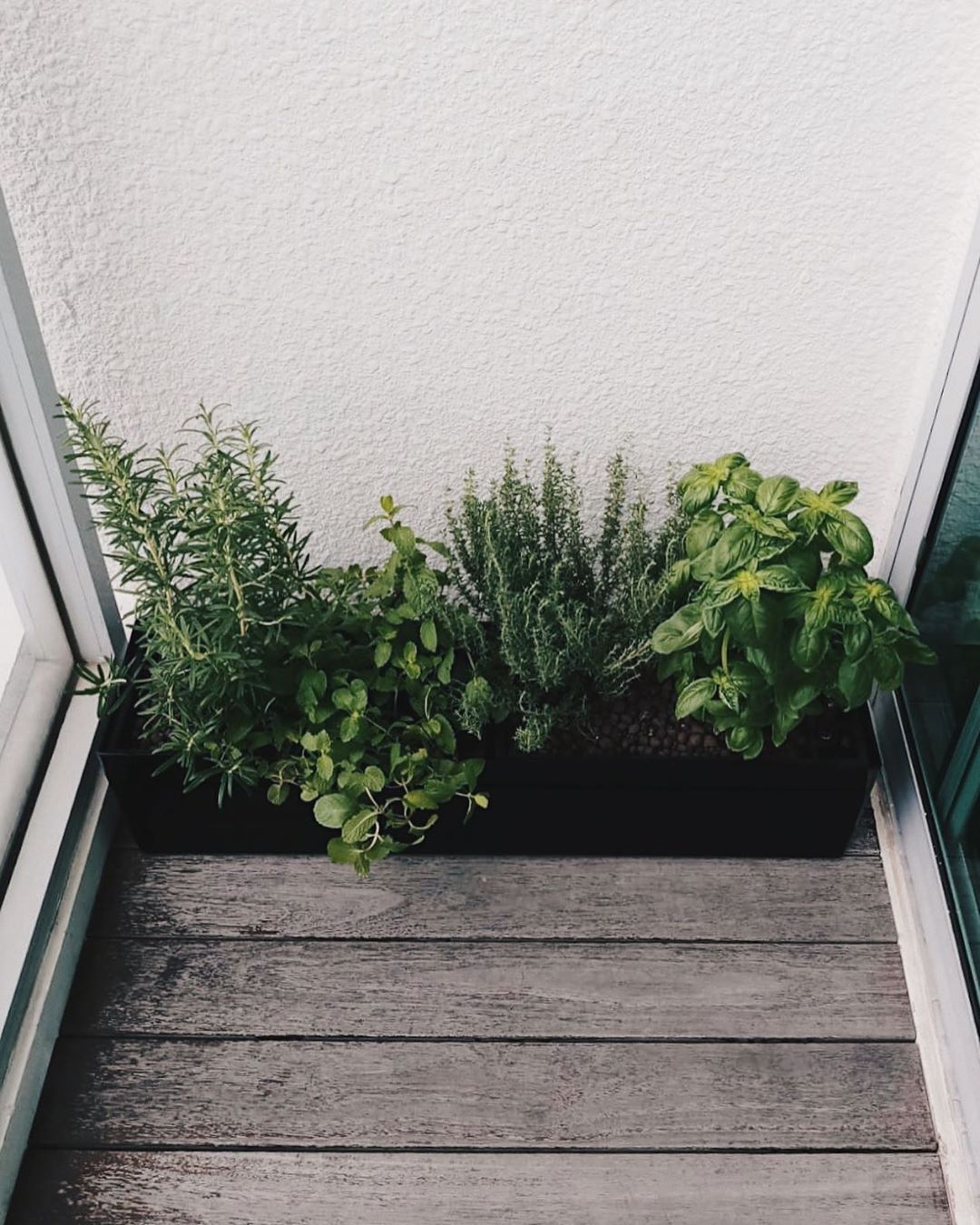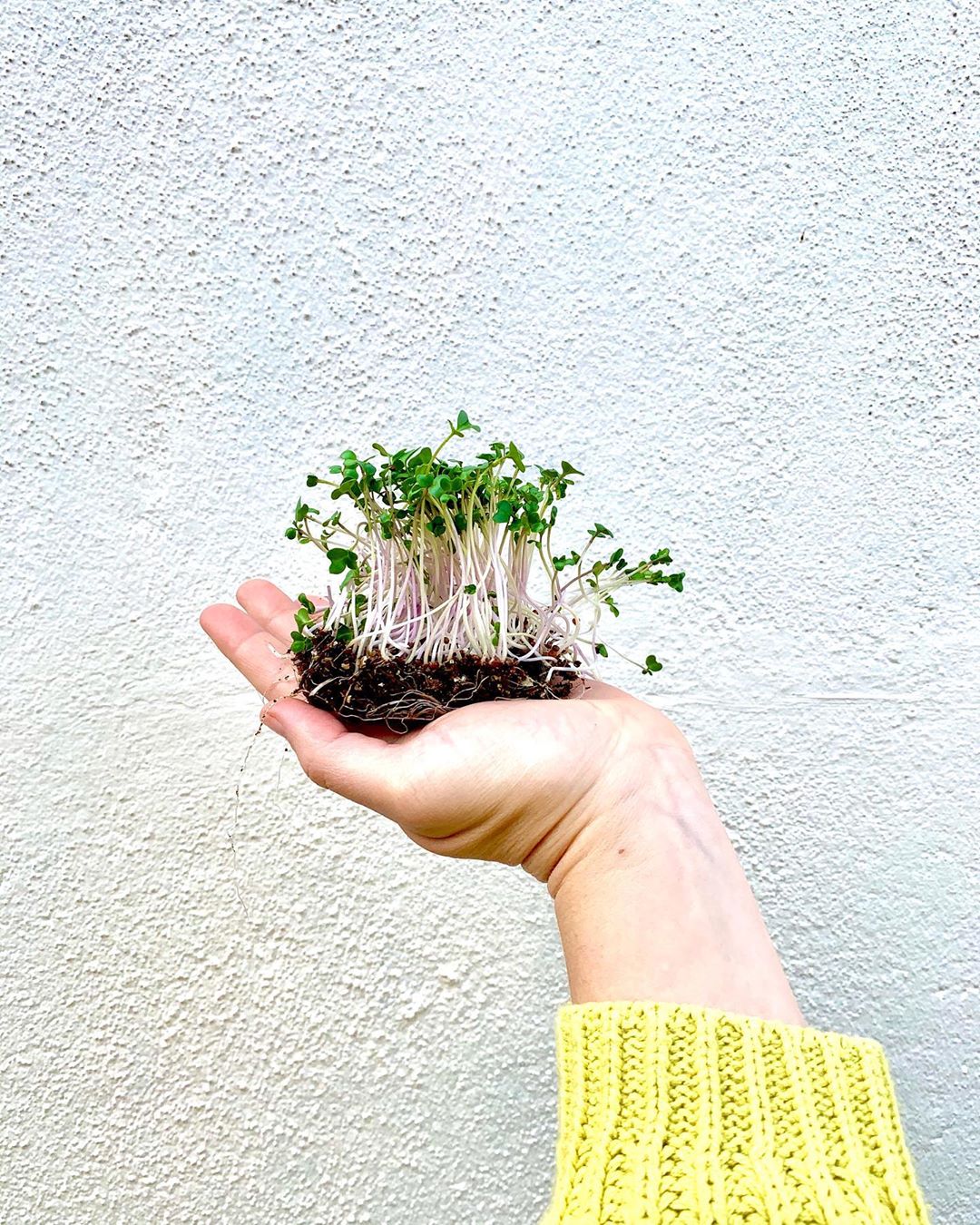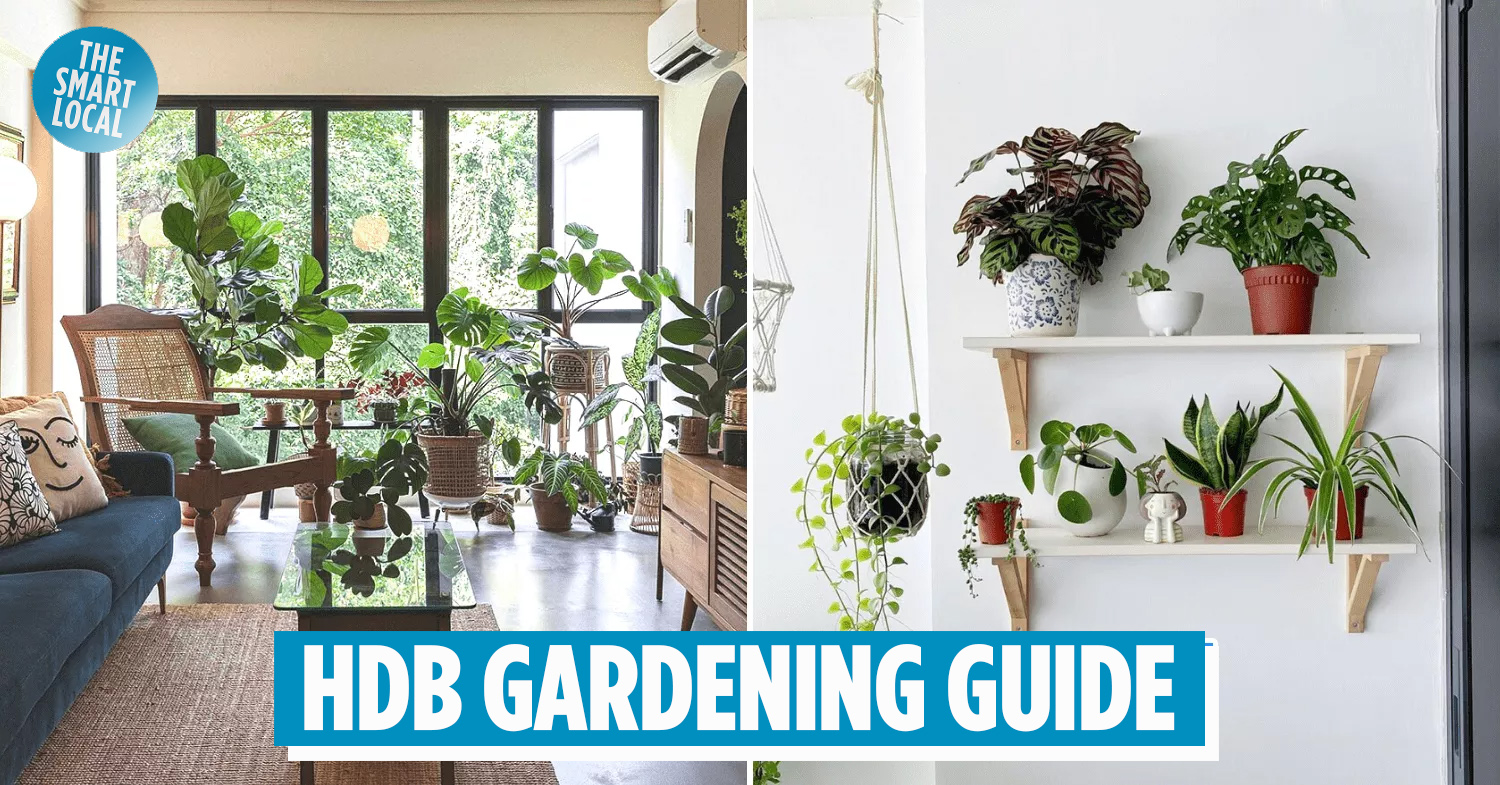Urban farming guide in Singapore
This starter pack to HDB gardening is for anyone who has ever failed to keep a cactus alive and wondered how the auntie living next door has somehow grown a mini-forest at her doorstep.
Contrary to popular belief, no one naturally has a green thumb. You actually need to nurture yours – even if that means killing a few of your plant friends along the way. But don’t be disheartened because here’s everything you need to know from what plants to grow to the tools you’ll need to get started with urban farming.
Table of Contents
HDB regulations for urban gardening
Before you set about planting your garden, you need to ensure a safe environment for you and your neighbours to prevent any complaints – nobody likes walking through a jungle to get to their home. You can have your plants along your HDB corridor but a clear width of 1.2M should be left unobstructed for emergencies.
You can also grow your plants in Community or Allotment Gardens that can be found in your neighbourhood. Find out more and apply for a plot on the National Parks website.
Plants suitable for growing indoors or along your HDB corridor
To ensure that your plants have the highest survival rate, here are some everyday plants we recommend for beginners that can thrive in Singapore’s climate.
Aloe vera
This is one of the handiest plants to grow because you can harvest aloe vera gel for its healing properties and treat minor cuts and burns, or turn it into a face mask for some pampering. It’s also a plant that can help purify the air in your home.
Maintenance level: 2/5, as a desert plant, it can go without frequent watering – just once every 2 weeks will do.
When to harvest: Once a leaf reaches around 20-30CM and has a rosy tinge on its tips, it’s ready to be cut at the base and used.
Where to buy the seeds/ baby plant: You can get baby or mature aloe plants from nurseries. It’s quite rare to find seeds in Singapore.
Herbs – chives, basil & parsley

A sunny balcony is the perfect spot for your herbs
Image credit: @noahgardencentre_sg
Common for a first venture, herbs are fairly easy to grow and can flourish quickly under the right conditions. These edible plants need a sunny spot that gets at least 6 hours of sun daily so your corridor is perfect for that but if your home has a balcony, you can even have them indoors.
Choose herbs that you commonly use in your cooking or try some new ones for inspiration! Curry leaves, parsley, chives, thyme and basil are just some that can be used in many recipes.
Maintenance level: 4/5, you’ll need to water, prune, and check your plants daily for any weeds or pests that may try to share your leafy friends!
When to harvest: Herbs have a relatively fast germination rate of about 7-30 days, which means you can harvest in about another month once there’s sufficient foliage.
Where to buy the seeds/ baby plant: Nurseries and even supermarkets like Giant and Fairprice.
Microgreens – arugula, chia, & broccoli

Image credit: @microgreensshed
Not to be confused with sprouts, these tiny greens are usually used as garnishes and even considered as superfoods – they contain more nutritional value than their mature counterparts!
You can pretty much grow microgreens from any vegetable seed you can find like bok choy, broccoli, spinach, chia and arugula.
Maintenance level: 2/5, place them on a sunny window-sill in a plastic container with moist soil and that’s it!
When to harvest: One of the fastest harvests you can have, microgreens are ready when the first leaves start to appear, which will take roughly 1-3 weeks depending on the variety.
Where to buy the seeds/ baby plant: Nurseries and even supermarkets like Giant and Fairprice.
Fruits and other veggies
You don’t need large plots of soil to grow your own produce, pots and styrofoam boxes can easily get the job done. While it takes a few months to enjoy the fruits of your labour, there’s nothing more satisfying than when it’s time to harvest. Typical plants grown in Singapore include chilis, tomatoes, long beans, salad leaves, and pandan.
Maintenance level: 5/5, these need more attention as they have to be watered daily, pruned, fertilised and checked for insects.
When to harvest: Harvest times vary with the crop you’ve chosen. For a rough guide:
Up to 70 days: Lettuce, long beans, and cucumbers.
80-120 days: Tomatoes, garlic and onions.
Where to buy the seeds/ baby plants: Nurseries and even supermarkets like Giant and Fairprice. Most nurseries also carry young chilli, tomato and lime plants.
Gardening tools you’ll need
Pots

Your plant babies deserve to be in pretty pots
Image credit: @noahgardencentre_sg
You can easily find a wide range of pots that will fit your plant and aesthetic needs. They usually come in different materials like terracotta, stone or plastic. Self-watering pots are also becoming increasingly popular as it takes the guesswork out of how much to water your plants and are great for people who frequently travel. If you need a pot in a pinch, literally any soil-filled container with small holes at the bottom will do the trick.
Organic soil
Richer in nutrients and minerals as compared to regular soil, organic soil is better at facilitating drainage while retaining moisture. This ensures that the plant has sufficient water without drowning the roots and causing rot.
Pro tip: Look for a potting mix that has lightweight expanded clay aggregate (LECA) pellets – they help to “open up” the soil and ensure that excess water is able to drain away.
Fertiliser
Less is actually more when it comes to fertilising your plants. While the amount and frequency depend on what you’re growing, follow this general guideline to ensure that your plant doesn’t grow rapidly but weak:
Organic fertiliser (compost): Once a week
Chemical fertiliser: Once every two weeks
Watering equipment

Image credit: @thesill
Use a watering can for plants that need a good dousing and a spray bottle for plants like succulents and airplants that don’t need frequent watering.
A small gardening trowel

Image credit: Gardening Know How
You’ll need this for adding soil and fertiliser, repotting plants, and pickin’ out weeds. There’s no need to splurge on a fancy one, even a sturdy kitchen spoon can work in a pinch.
Urban farming in Singapore
Gardening can be a therapeutic practice to weave into an otherwise hectic lifestyle. You don’t need fancy tools or lots of space to get started but you’ll need lots of time and effort to sow and reap your rewards.
Also check out:
- Things to do indoors in Singapore
- Home workouts using household items
- Online gym classes
- Game cafes in SG
- 46 Kim Yam Road creative cluster – opening 2024
- State of Shiok pseudo-tattoo workshops
Originally published on 29th February 2020. Last updated by Renae Cheng on 18th May 2021.
Cover image adapted from: @ourseaofgreen, @ediblegarden
